When we think about threats to wildlife, the usual suspects tend to come up: deforestation, climate change, pollution, and habitat loss.
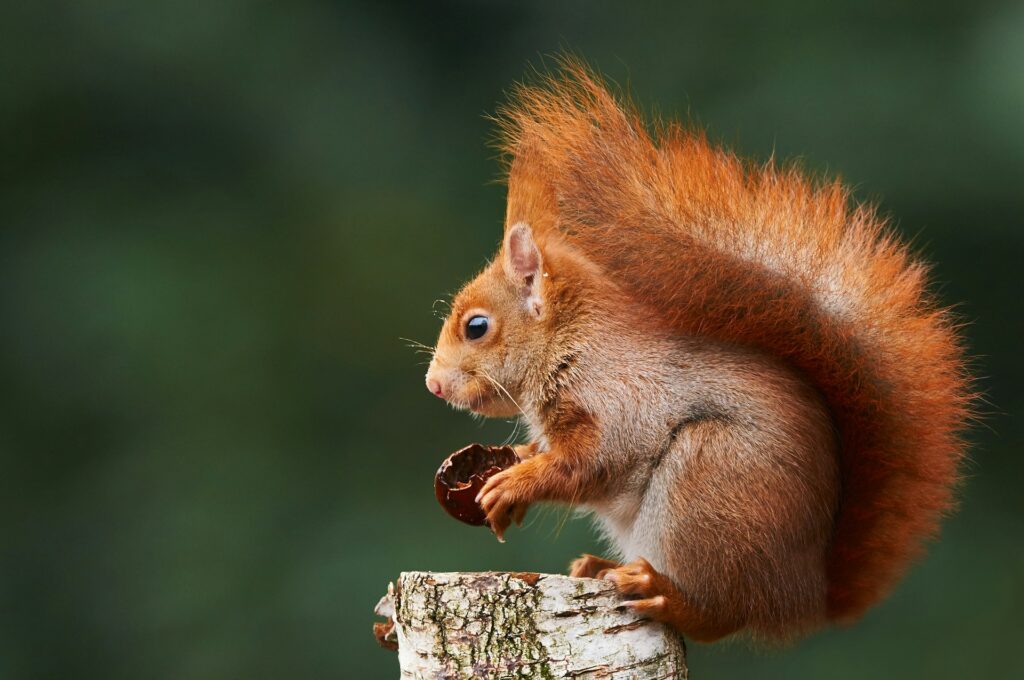
However, there’s another, less visible danger that’s increasingly affecting animals around the world: noise. From busy roads to construction sites, shipping lanes to oil drilling rigs, human activity is making the planet louder. That’s having a profound and often underestimated impact on wildlife.
What makes noise pollution so insidious is its invisibility. Unlike plastic waste, oil spills, or carbon emissions, noise leaves no visual trace. It doesn’t contaminate the soil or poison water directly, yet it can distort the soundscape so thoroughly that animals are effectively driven out of their habitats or cut off from vital behavioural cues. In some cases, it’s not just disruptive; it’s deadly.
What is noise pollution?
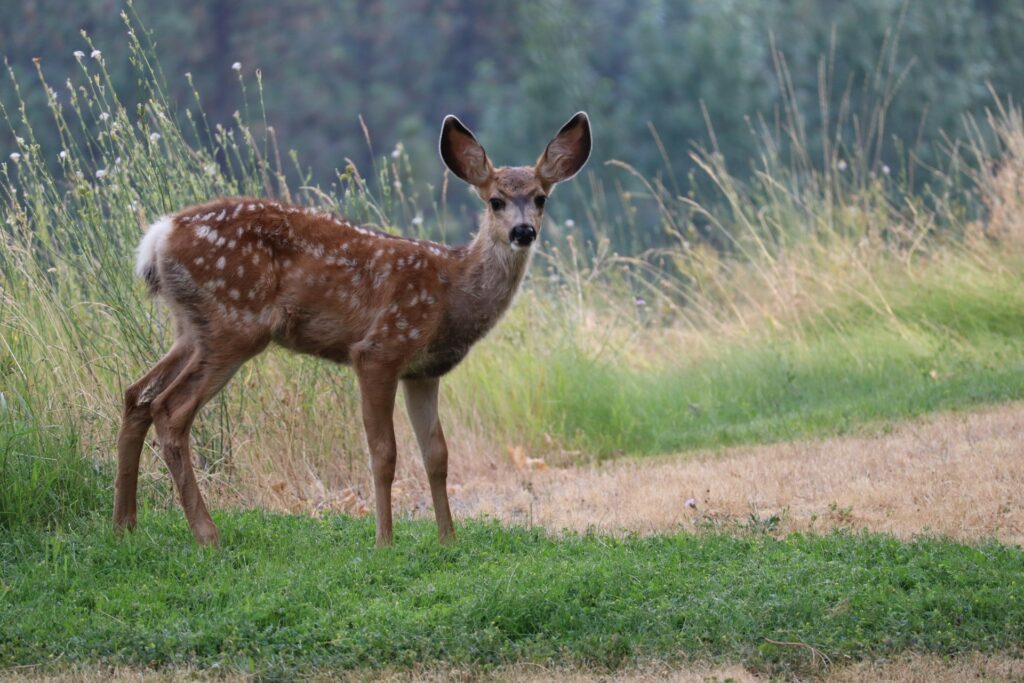
Noise pollution refers to unwanted or harmful sound that interferes with normal activities and damages the natural environment. It can come from a range of sources: road traffic, aircraft, railways, industrial operations, recreational vehicles, and urban sprawl. Underwater, the culprits include shipping, sonar, oil drilling, and seismic exploration.
For wildlife, which depends heavily on sound for communication, navigation, mating, foraging, and detecting predators, noise pollution can interfere with basic life functions in subtle yet serious ways. Over time, it can alter behaviours, increase stress, and contribute to population declines.
How animals use sound
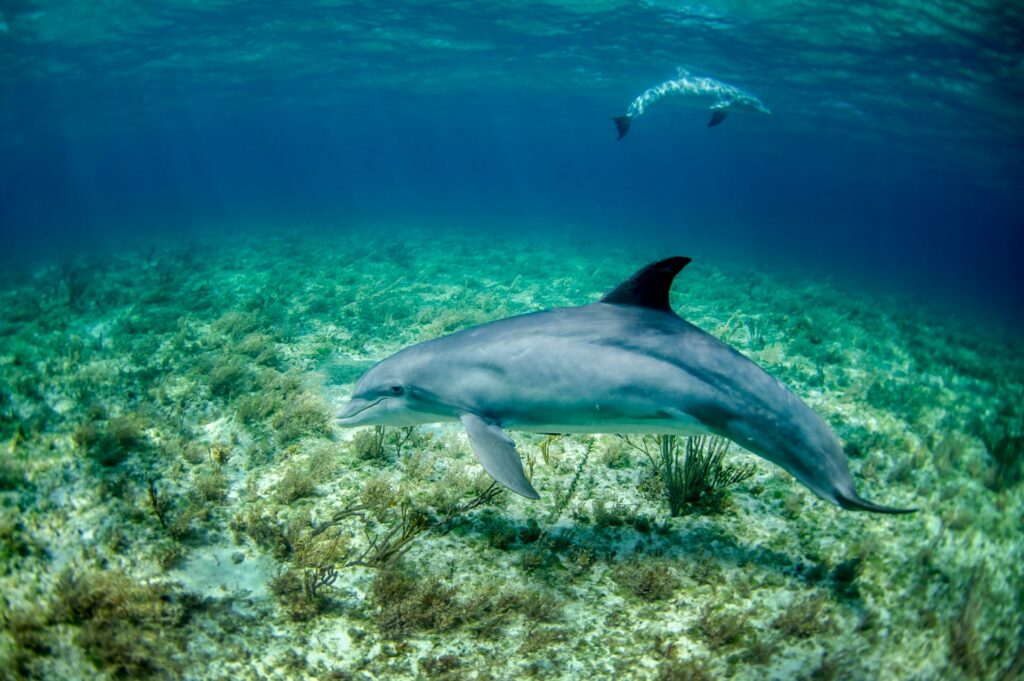
Sound is one of the most important sensory tools in the animal kingdom. While humans often rely heavily on sight, animals across different environments, especially those with poor visibility, such as dense forests or murky waters, depend on acoustic signals.
Birds use song not only to attract mates but also to defend territory and communicate threats. Frogs chorus in synchronised waves to compete for female attention. Marine mammals such as whales and dolphins rely on sophisticated vocalisations to coordinate movement, maintain social structures, and find food across vast expanses of ocean. Even insects and fish use sound to warn of danger, assert dominance, or find a mate.
Bats, along with some whales and dolphins, use echolocation, emitting high-frequency sounds and interpreting the returning echoes, to orient themselves and hunt in complete darkness. When these finely tuned systems are disrupted by artificial noise, the consequences can be immediate and severe.
The effects of human noise on wildlife
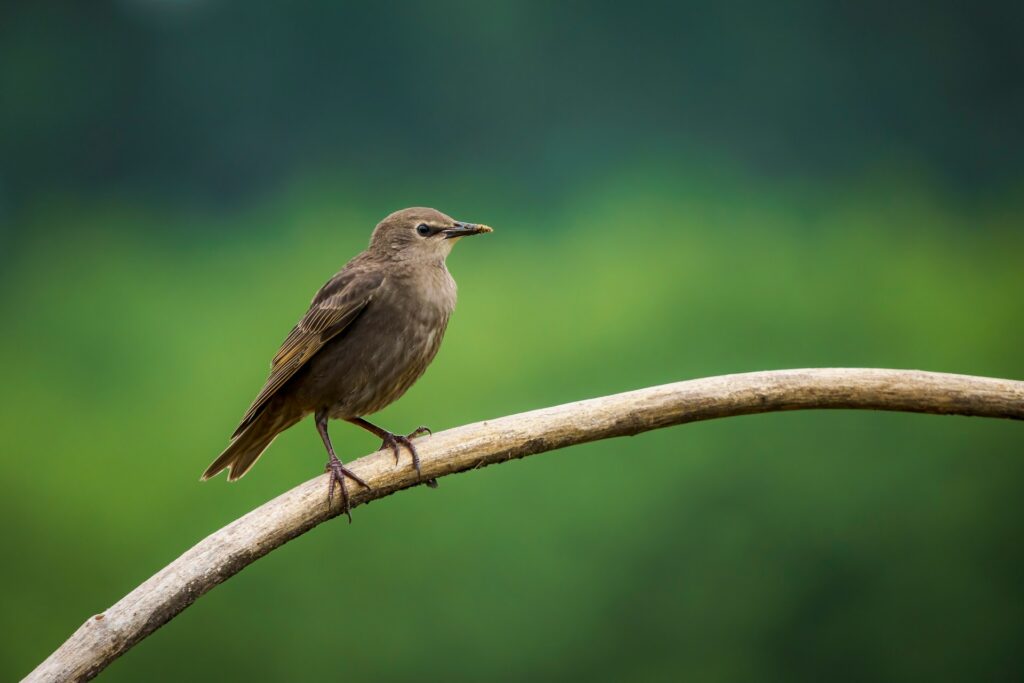
Research into the ecological impact of noise pollution has expanded significantly in recent decades, revealing a wide range of consequences across ecosystems. A 2020 review published in Science showed that human-generated noise affects animals across virtually all taxa—mammals, birds, amphibians, reptiles, fish, and even invertebrates/
1. Disrupted communication
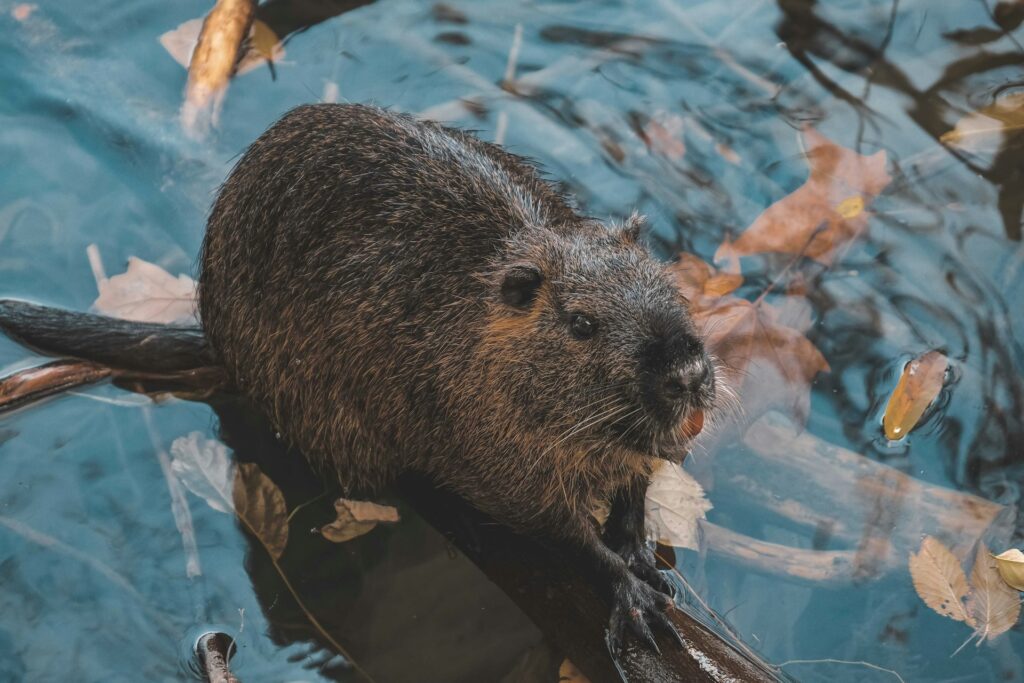
One of the most commonly observed effects is signal masking, when human noise interferes with an animal’s ability to hear or produce acoustic signals. Birds in urban areas, for example, often adjust their pitch to be heard over low-frequency background noise. A 2012 study found that great tits in cities sing at higher frequencies than their rural counterparts to compensate.
But adjusting vocalisations isn’t always effective. Altered calls may be less attractive to mates or less effective at warning off predators. In some species, particularly those with narrow frequency ranges, such adaptation isn’t possible at all.
2. Elevated stress and physiological toll
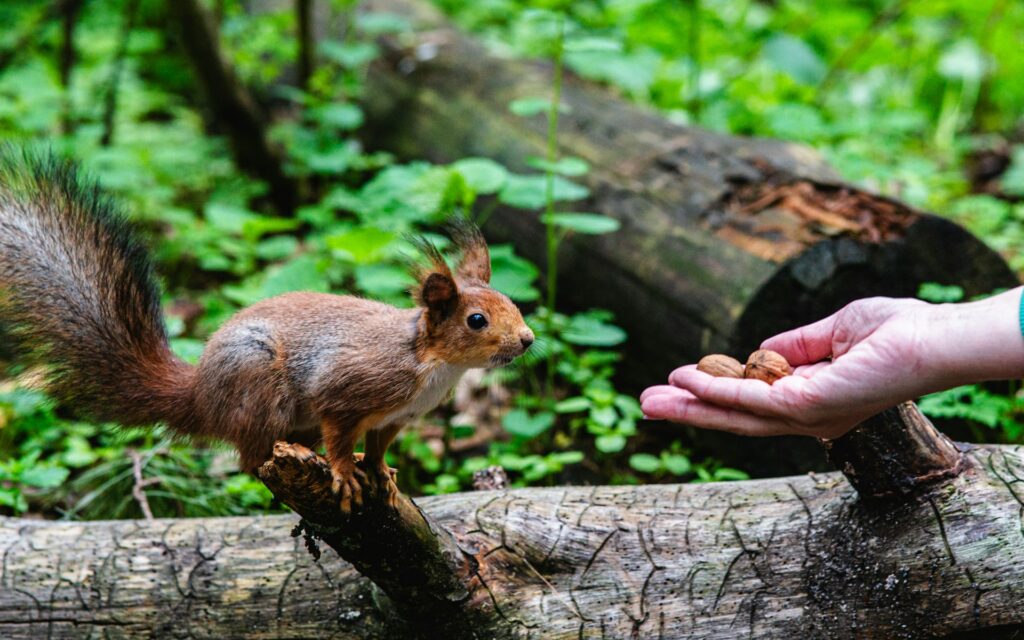
Like humans, animals can suffer from chronic stress when subjected to prolonged noise exposure. Elevated stress hormones, such as cortisol, weaken immune systems and reduce reproductive success. In European robins, researchers found that individuals in noisy urban settings had higher baseline stress levels than those in quieter environments.
Stress-related changes may also affect parental behaviour, feeding efficiency, and energy use, making survival more difficult, especially for already vulnerable populations.
3. Altered predator-prey dynamics
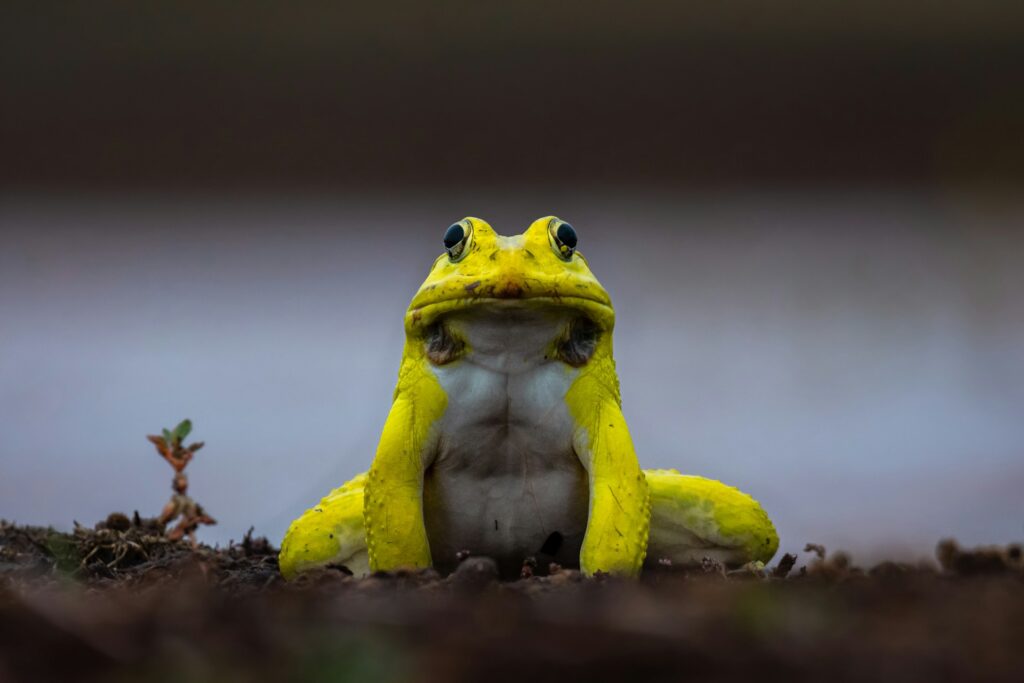
Noise can make it harder for prey to detect approaching predators. For example, a 2016 study published in Proceedings of the Royal Society B showed that wood frogs exposed to traffic noise had slower response times to predator cues, making them more likely to be eaten. At the same time, predators that rely on auditory cues, such as owls or echolocating bats, may struggle to locate prey in noisy conditions, throwing the balance of entire food chains into disarray.
4. Habitat abandonment
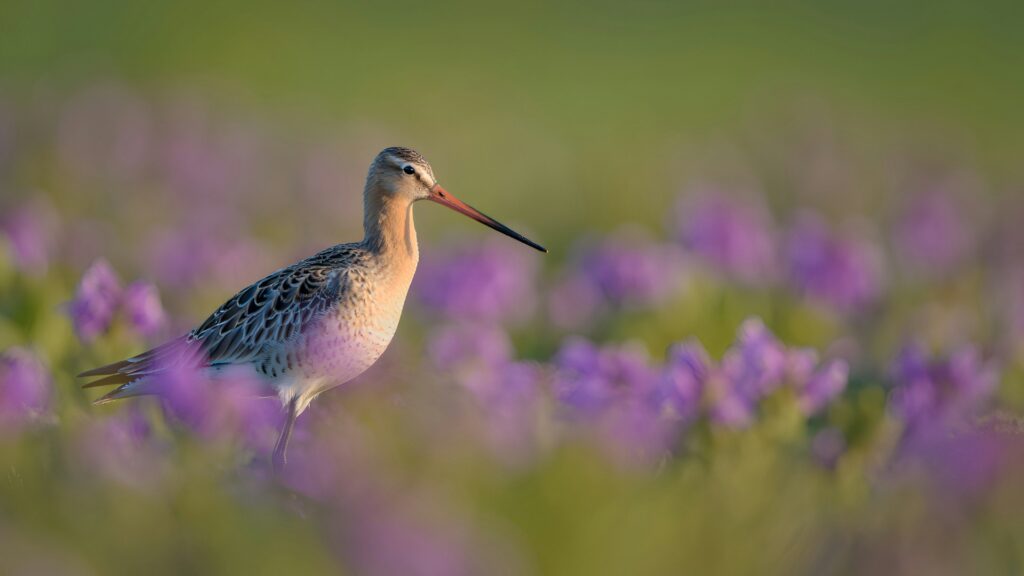
Animals often avoid areas where noise reaches disruptive thresholds. This can lead to significant habitat fragmentation, even in otherwise suitable landscapes. Road noise has been shown to reduce breeding success in some bird species and deter large mammals such as elk and wolves from using critical corridors.
The long-term consequence is not just displacement, but also a reduction in genetic diversity, increased competition for remaining quiet areas, and reduced ecological resilience.
5. Disruption to marine life
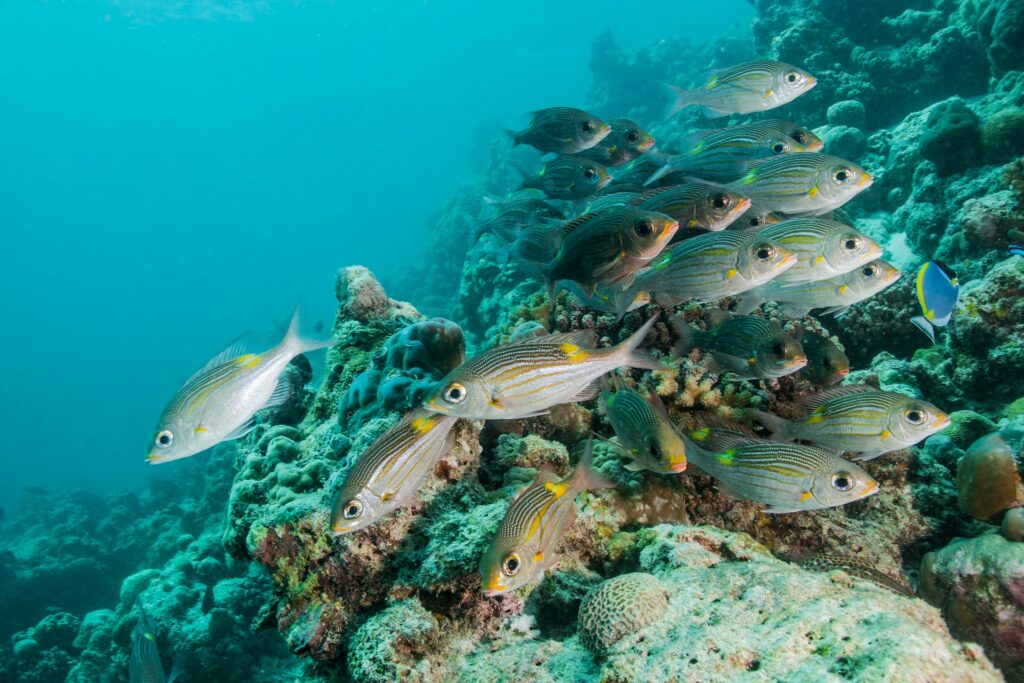
Underwater, the threat is particularly acute. Water transmits sound faster and farther than air, which means marine animals are exposed to noise pollution on a much wider scale. Shipping lanes, oil platforms, and naval sonar create an almost constant underwater hum.
Whales, which communicate across long distances using low-frequency sounds, are among the hardest hit. Beaked whales, in particular, have been known to strand themselves following sonar exposure. A 2018 study showed that even reef fish exposed to ship noise had a delayed or weakened response to alarm cues from predators (Nature Communications).
Some scientists are now concerned that the growing volume of ocean traffic and industrial noise is making entire regions of the sea uninhabitable for sound-sensitive species.
Can animals adapt?
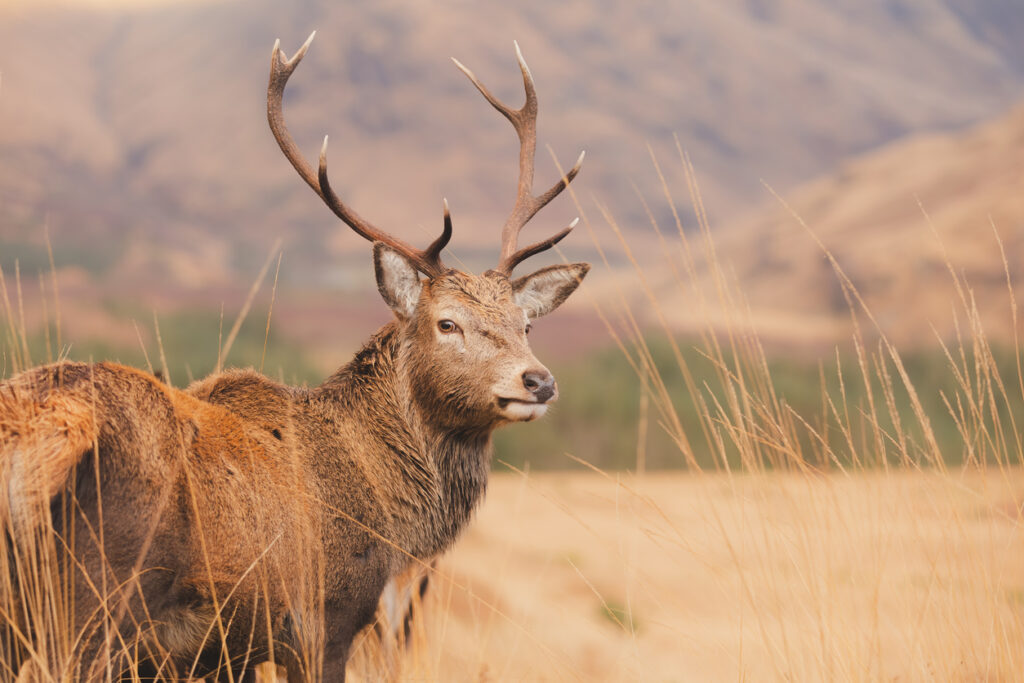
There are documented cases of adaptation—birds that change their song timing, mammals that change vocal pitch, or marine species that migrate away from noisy zones. However, these behavioural changes come at a cost, and not every species has the capacity to adjust.
For many animals, vocal communication is not flexible. Some calls are hardwired and cannot be altered without losing their function. Even where adaptation occurs, the added energy demands or reduced effectiveness may still harm population viability.
What’s more, noise pollution rarely occurs in isolation. It’s often layered on top of other stressors such as habitat destruction, food scarcity, and climate change, amplifying the overall impact and pushing species closer to decline.
What can be done?
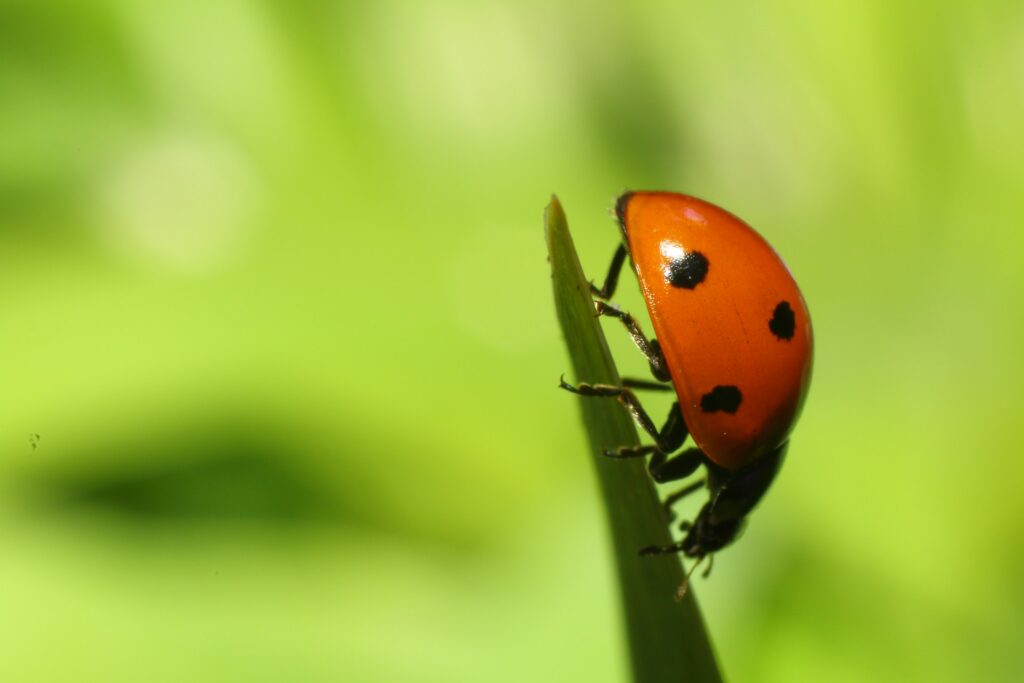
The encouraging news is that noise pollution is one of the more reversible threats facing wildlife. Unlike habitat loss or chemical contamination, noise stops the moment its source is switched off. That means mitigation efforts can yield results quickly.
Proven strategies include:
Establishing quiet zones in national parks, reserves, and protected marine areas where human noise is strictly limited.
Rerouting traffic or limiting access near breeding or migratory habitats.
Installing sound barriers or using quieter road surfaces to dampen vehicle noise.
Scheduling noisy activities like construction outside of nesting or mating seasons.
Developing and enforcing quieter technologies, such as low-noise ship propellers or electric construction equipment.
In the ocean, promising technologies like bubble curtains, which use streams of air bubbles to dampen sound transmission, are being used around construction sites to reduce the spread of damaging underwater noise. The adoption of international guidelines, such as those proposed by the International Maritime Organization (IMO), is also helping encourage quieter ocean practices.
Public pressure and policy changes are key. If noise pollution becomes recognised and regulated as seriously as other environmental pollutants, there’s enormous potential for positive change.
Noise pollution doesn’t leave behind plastic, oil, or smoke, but it still leaves a mark.
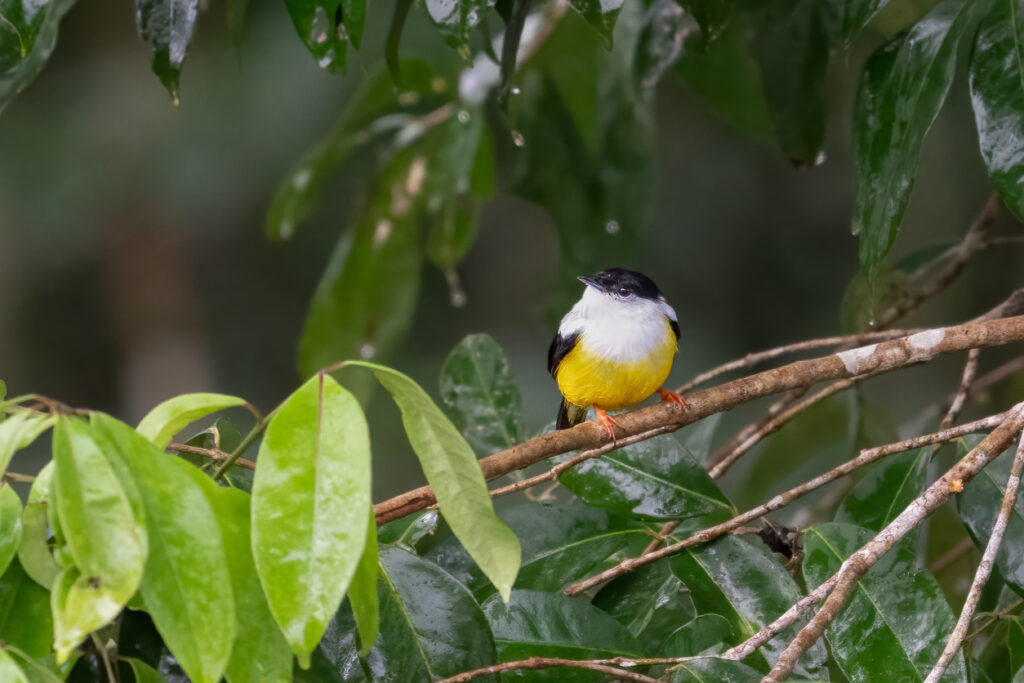
A loud, persistent mark that echoes through ecosystems, altering the way animals behave, communicate, and survive. From garden birds in bustling cities to whales navigating vast oceans, species are being forced to adapt to a world that is increasingly louder and less hospitable.
The silence of nature isn’t just poetic; it’s practical. It’s essential. And thankfully, it’s something we can restore. By reducing unnecessary noise, embracing quieter technologies, and rethinking how we coexist with wildlife, we can give animals back the space to sing, call, echo, and listen. And in doing so, we’ll hear something else, too: the sound of a world finding balance again.